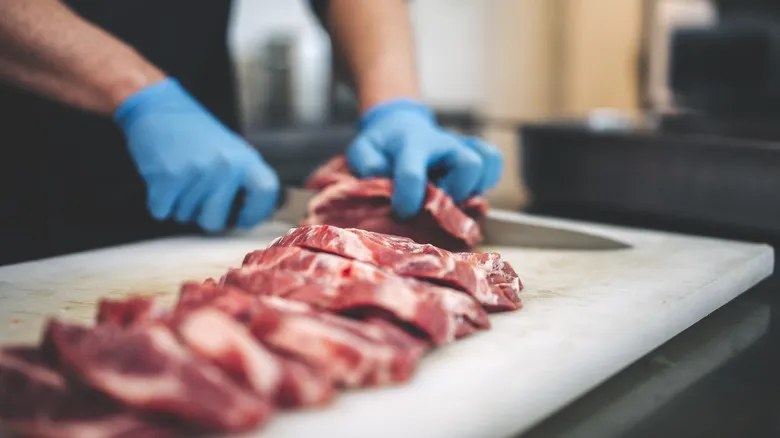Use shoulder for pulled pork
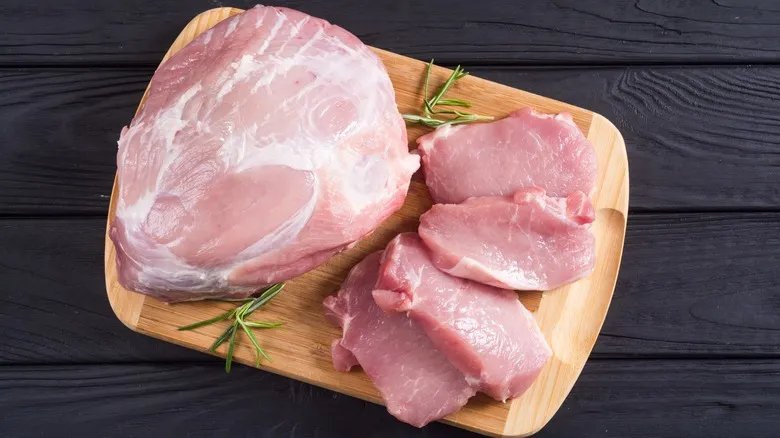
Mastering the art of making tender pulled pork might seem daunting, but it’s actually quite an accommodating dish. The key lies in having patience, a well-balanced mix of spices, and — most importantly — selecting the right cut of pork. It’s crucial to choose a cut that is well-marbled with fat, as this will melt during cooking, resulting in a juicy tenderness. However, the pork should also contain meaty bits; large chunks of fat or tough collagen are not ideal.
The pig's shoulder area is perfect for this purpose. Located above the front legs, this section has the right amount of fat marbling, which contributes to a rich flavor and appealing texture. While only commercial barbecue joints typically use the whole shoulder primal cut, which weighs about 20 pounds, it’s more common to use either the picnic shoulder or the Boston butt — two smaller portions from this area. Both can be transformed into pulled pork, but the Boston butt is often the better choice. With its higher fat content, it yields a more succulent dish, ensuring even slow-cooked pulled pork is irresistibly delicious.
No matter which cut you choose, make sure the skin is removed — don’t hesitate to ask a helpful butcher for assistance if needed. Also, trim away any excessively large pieces of fat, ensuring no sections exceed ½ inch in thickness. By opting for the shoulder and steering clear of leaner cuts like roasts or country ribs, you’ll be rewarded with a flavorful outcome.
Verse yourself in rib styles

Pork ribs are a beloved classic: There’s a timeless appeal to this meaty, bone-in cut. While it might seem that purchasing a pre-packaged set is all you need for a cookout, the process is a bit more intricate. Pork ribs originate from various regions, each offering distinct culinary characteristics.
None should be completely overlooked—just keep in mind that country-style ribs are boneless and come from a different section of the pig. To prepare a traditional rack, you'll want to choose meat from the loin. The most popular cuts in this category are baby back ribs, which are small and lean (though they still have enough fat for flavor). Their delightful taste, curvature, and manageable size make them a favorite among chefs, but they do require careful attention to prevent drying out.
If you prefer a larger, fattier pork option, spareribs are an excellent choice. Their size can be daunting, but with the right technique (or a large smoker), they produce an exceptionally flavorful dish. For a similar experience that’s easier to manage, consider St. Louis style ribs. With excess fat trimmed away, this cut is flat and uniform, making it a joy to cook. It’s an ideal candidate for the 3-2-1 method on a gas grill.
Select pork chops with care

Few pork dishes are as straightforward as the pork chop. Similar to a steak in the beef category, this well-sized cut is perfect for searing, grilling, or broiling. It's important to note that many pork cuts fall under this label, even if they come from different parts of the animal. Therefore, it's essential to know what type you're purchasing, as many packages simply state "pork chop."
Cuts such as rib, sirloin, and blade chops originate from entirely different sections of the pig. Generally, thicker cuts are preferable, and a bone often indicates a more tender outcome. The loin is the best area to choose from, as it tends to produce a fatty and flavorful chop, especially when it's closer to the ribs, though it can be on the pricier side. If you prefer something leaner without sacrificing flavor, the center chop is an excellent option.
However, even within the same region, some choices may not deliver the same level of taste. The sirloin chop, located closer to the hip, tends to be dry and lacking in flavor. In between are shoulder chops, which have a decent amount of fat and flavor but can be tough. For these, using a tenderizer like a marinade is advisable. So, while many chops may share a similar curved shape, the specific cut you select can significantly impact the final result.
A variety of cuts are suitable for pork roast

The roast is a versatile style of pork that offers a range of cooking possibilities. From head to tail, various parts of the pig are ideal for low and slow cooking, resulting in tender, juicy meat on the inside and a crispy exterior. Similar to chops, many cuts include the term "roast" in their names.
However, it's important to adjust your cooking method based on the specific pork cut. Loin roasts are particularly well-suited for this technique and are quite popular. Rib roasts are favored for their rich flavor and moisture, making them perfect for slow cooking. Butchers also create pork top roasts by tying together two loin cuts with the fat on the outside. Don't overlook blade roasts, which are slightly fattier but still an excellent choice.
It's essential to distinguish between pork tenderloin and loin, as they are quite different. While the tenderloin is leaner, it performs exceptionally well in the oven, though you'll need to consider its smaller size. Even pork belly can be roasted to achieve a crispy finish, providing you with numerous options.
There are a few cuts you might want to avoid. Thin cuts like chops, cutlets, and deboned ribs are too small and can easily dry out in the oven. Additionally, while ham hocks may seem suitable for slow cooking, they lack enough meat on the bone to make it worthwhile.
Know what to reach for when cooking ham
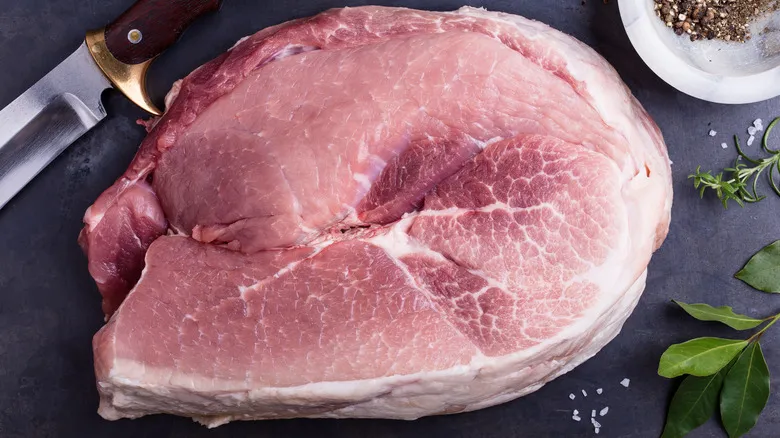
When you think of ham, you might picture cured, pre-sliced pork that's conveniently packaged. However, the term encompasses a specific category of cuts that come from the leg. Whether you're preparing a honey mustard-glazed ham for a festive occasion or experimenting with curing techniques, it's essential to know what you're purchasing.
To start, it's important to grasp the relationship between the curing process and the meat itself. Brining is a common method used in preparing this cut, as it helps to tenderize the ham and retain moisture. Some hams are cured using a mix of nitrate, salt, or air, resulting in renowned varieties like prosciutto or jamón ibérico. While brining and curing are significant, they don't solely define the cut—Canadian bacon, for instance, differs from ham because it comes from a different part of the pig, even though it employs a similar technique. For the best flavor experience, aim for a balance of fat, taste, and size, and consider the bone content for easier carving.
A spiral-cut ham meets these criteria nicely, especially after brining. On the other hand, the shank or sirloin half can be delicious but may present more challenges when preparing. For a country ham, it's best to reserve it for dry-curing. Even when focusing solely on the leg, it's crucial to choose the cut that will deliver the most flavor.
Recommended

Cheese In Ice Cream Sounds Ridiculous, But Trust The Process

What Ingredients Are In Lemon Pepper Seasoning?
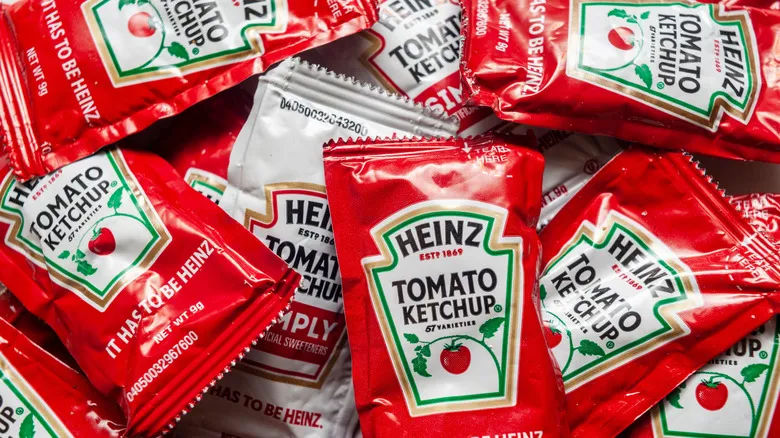
Do Fast Food Sauce Packets Expire?
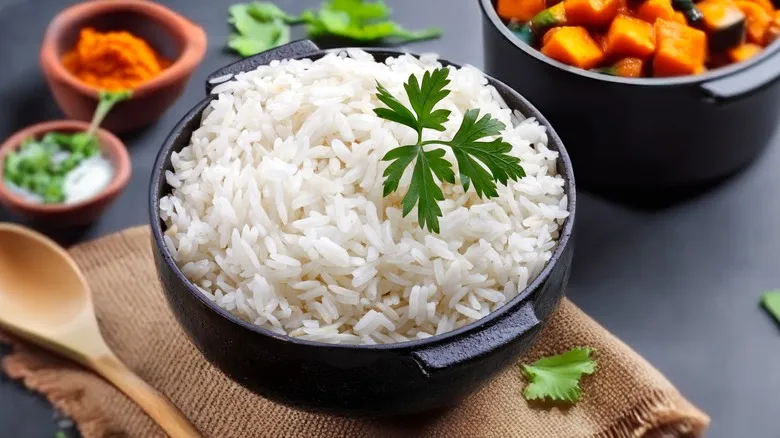
Upgrade Any Rice You Make With One Simple Extra Step
Next up

